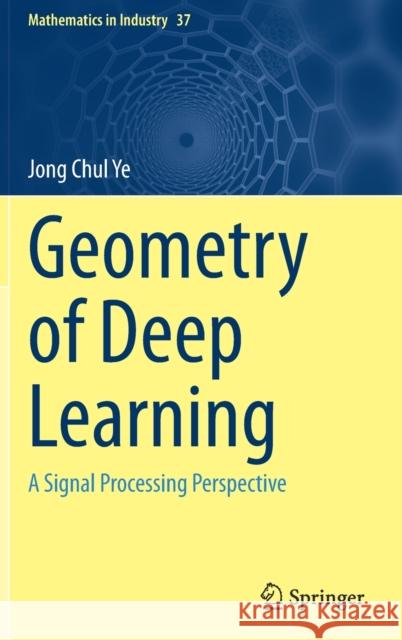Geometry of Deep Learning: A Signal Processing Perspective » książka
topmenu
Geometry of Deep Learning: A Signal Processing Perspective
ISBN-13: 9789811660450 / Angielski / Twarda / 2022 / 348 str.
Geometry of Deep Learning: A Signal Processing Perspective
ISBN-13: 9789811660450 / Angielski / Twarda / 2022 / 348 str.
cena 269,85 zł
(netto: 257,00 VAT: 5%)
Najniższa cena z 30 dni: 267,98 zł
(netto: 257,00 VAT: 5%)
Najniższa cena z 30 dni: 267,98 zł
Termin realizacji zamówienia:
ok. 20 dni roboczych.
ok. 20 dni roboczych.
Darmowa dostawa!
Kategorie:
Kategorie BISAC:
Wydawca:
Springer
Język:
Angielski
ISBN-13:
9789811660450
Rok wydania:
2022
Ilość stron:
348
Waga:
0.66 kg
Wymiary:
23.39 x 15.6 x 2.06
Oprawa:
Twarda
Wolumenów:
01
Dodatkowe informacje:
Wydanie ilustrowane











